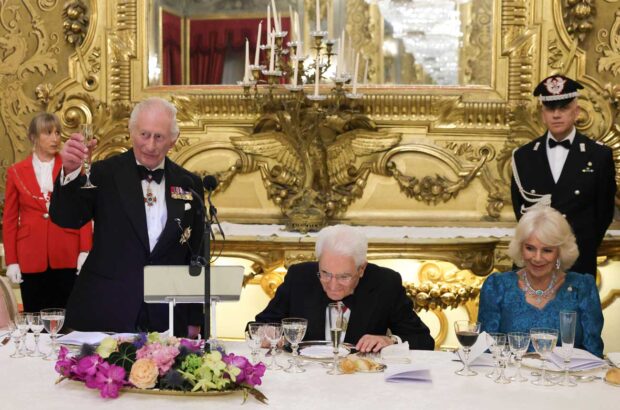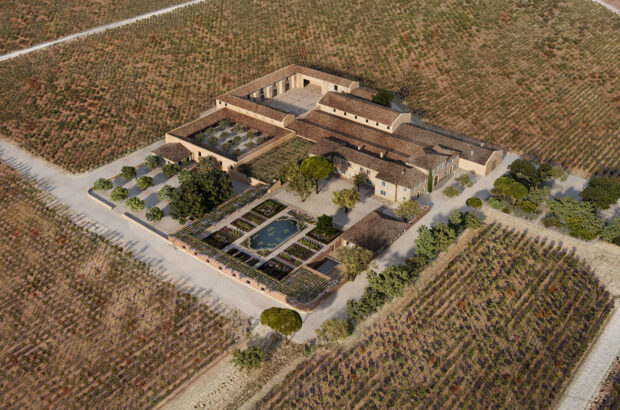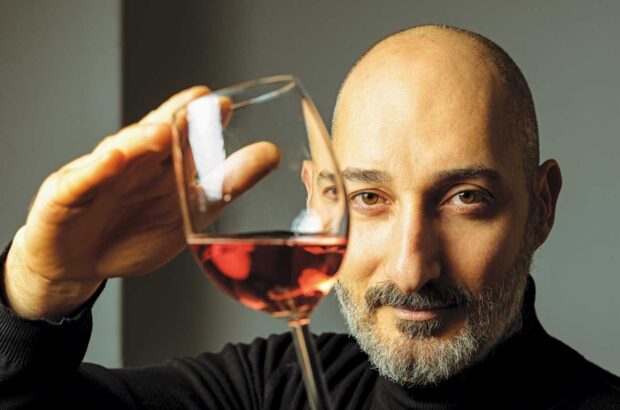The wine world has lost a talented winemaker and one of its bravest, most original minds, following the death of Stanislao 'Stanko' Radikon in the early hours of 11 September, writes Simon Woolf.
In brief:
-
Stanko Radikon, a giant of the natural and orange wine scene, has died from cancer aged 62
-
He produced 36 vintages of Radikon wines from the family home in Friuli Collio in Italy
-
Known for total overhaul of family estate’s production methods – especially extended use of skin contact
Full obituary
Stanko Radikon, considered one of the giants of the natural and orange wine scene, lost his long battle with cancer at the age of 62.
The Radikon family is based in the village of Oslavia, Friuli Collio in Italy, but its origins are Slovene.

Merlot vines at the Radikon estate. Credit: Simon Woolf.
Stanko Radikon was a humble yet restlessly intelligent and innovative man.
He produced 36 vintages of the now cult Radikon wines. During those 36 years, the winemaking style changed radically, pre-empting much of what would later become natural wine and orange wine trends.
Stanko’s major innovation was to realise that the region’s indigenous Ribolla Gialla grape required different handling to fully express its potential.
In 1995, he returned to his grandfather’s methods of vinification, using 7 days of skin maceration to extract more flavour and colour.
After much experimentation, the wines are now made with three months of skin contact, plus extended barrel and bottle ageing before release.
Switching the estate’s entire white wine production to this rediscovered method was initially unpopular. It took many years before customers and critics accepted the new style.
Together with Edi Kante, Radikon also developed the 500ml and one-litre bottles still in use at Radikon today.
The bottles use a special slimline cork, giving them the same proportions as a magnum, with the idea to mimic the larger format’s ageing potential.
Stanko realised that extended skin contact made the wines more robust and he could add less SO2. By 2003, he was confident enough to cease adding SO2.
Radikon’s wines, together with neighbour and erstwhile colleague Joško Gravner, achieved a remarkable consistency and character with their slightly wild, deep, autumnal flavours and beguiling complexity.

Stanko Radikon and his son, Saša, in October 2014. Credit: Simon Woolf.
Stanko is survived by his wife Suzana, two daughters and son Saša.
Saša Radikon, himself now a father, has been heavily involved with production for the last decade, and Stanko’s legacy is assured in his firm pair of hands.
More about natural and orange wines:

Orange wines: it’s time to get in touch
It’s the new colour on the wine spectrum – white wine made as if it were a red...

France grapples with definition of natural wine
French wine officials have resolved to create a definition...

How to serve orange wine – ask Decanter
Should orange wines be chilled or served a little warmer?

Best natural wine bars in London
With benefits for health, the environment and your wallet, natural wine is the latest must-try trend in innovative winemaking...

Storing natural wine – ask Decanter
Does natural wine need to be stored differently...?

Decanter’s orange wine tasting
Thrilling and food-friendly styles...







